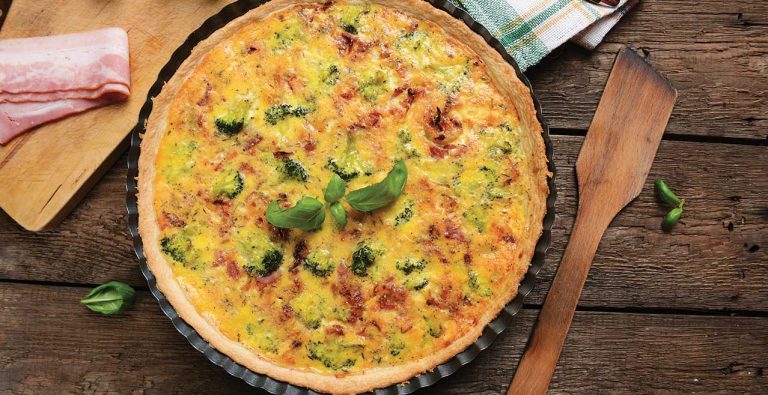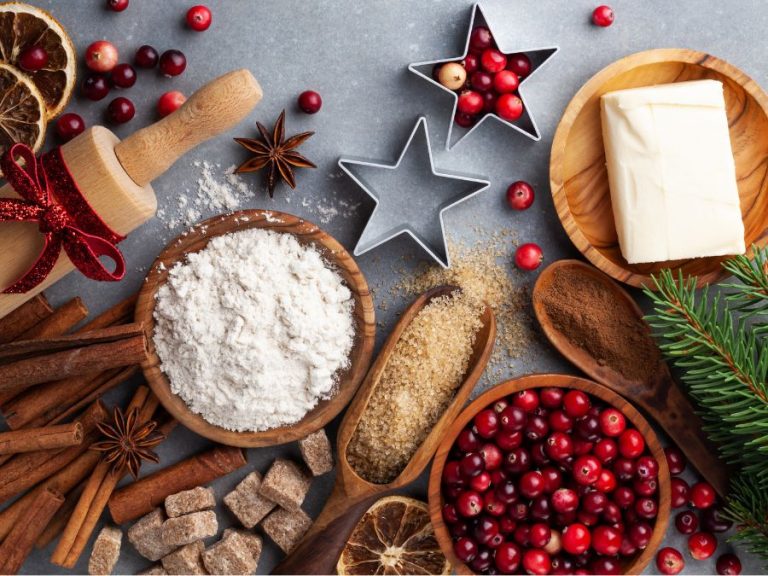A Beginner’s Guide to Handmade Pasta
Fresh, floury and easier than you think
There’s something undeniably magical about serving fresh, handmade pasta to your guests. It says, “I’ve got skills, and you’re worth the effort.” But here’s the secret: Making pasta from scratch isn’t nearly as intimidating as it sounds. In fact, with the right approach (and a little flour on your shirt), it can be downright fun.
Chef Trey Place from Michael Anthony’s Cucina Italiana is a big believer in starting simple. “Just making a basic egg pasta is the best way to start,” he says. And that’s exactly where your pasta journey should begin: with flour, eggs, your hands — and a little patience.

“You don’t need a lot of fancy equipment,” Place adds. “A simple pasta machine — hand-cranked or the KitchenAid attachment — will do the trick.” Pro tip: If you’re feeling extra rustic, you can even roll it out the old-fashioned way with a rolling pin. It might not be perfect, but your guests will love you for the effort.
Now let’s talk ingredients. According to Place, the foundation of great pasta is the flour blend. His go-to? A mix of semolina and double zero (00) flour. “I like to do a two-to-one ratio: two parts semolina and one part double zero,” he shares. “Semolina gives it strength, and the double zero makes it nice and tender.” Want a sturdier noodle? Add more semolina. Prefer something lighter? Up the 00. It’s pasta — play with it.

Once you’ve got your flour, the rest is easy:
• 100 grams of flour
• 1 egg
• A pinch of salt
• A drizzle of extra virgin olive oil
That’s it. “Mix it together right on your countertop — no mixer needed,” Place says. The dough will come together with a bit of handwork. Knead it until it’s smooth, then let it rest (this gives the gluten time to relax and makes it easier to roll out later). Need help visualizing the process? “There’s always the great school of YouTube,” Place jokes. “Watch a couple of videos, and dive in.”
And if it’s not perfect on the first try? That’s where the fun begins. “Trial and error is key,” he says. “You’ll learn so much from the mistakes. If it’s too dry, add a touch of water. Too wet? Sprinkle in more flour. You’ll get a feel for it.”
Bonus tip: Pasta dough has a personality — and it changes with the weather. “Here in the Lowcountry, humidity makes a huge difference,” Place explains. “In the summer we use cold water to counter the heat. In the winter, warm water helps keep the dough from drying out too fast.” What works in Hilton Head might behave differently in Atlanta or Asheville, so keep an eye (and a hand) on your dough as you go.
Once you nail your perfect dough? “Write it on the wall,” Place laughs. “Literally. That’s what we do at the restaurant.” Because when you hit that sweet spot — where the texture is just right and the noodles practically melt in your mouth— you’ll want to remember how you got there.
So go ahead. Roll up your sleeves. Dust your counter. Pour a glass of wine. Making pasta from scratch isn’t just a recipe — it’s a ritual. And the best part? You’re not just feeding people — you’re giving them something handmade, heartfelt, and straight from the soul.
Dough-don’ts
Common pasta pitfalls — and how to avoid them like a pro.
Don’t skip the rest. Let your dough chill (literally). Resting allows the gluten to relax, making it easier to roll out without springing back.
Don’t over-hydrate. If your dough is sticky, resist the urge to power through. Add flour, a little at a time, until it’s smooth and just tacky — not wet.
Don’t panic over imperfections. Pasta is forgiving. A torn sheet or odd shape? Just call it rustic and move on. Your guests will still be impressed.
Don’t underestimate the weather. Humidity affects dough more than you think. Trey’s rule of thumb: Use cooler water in summer, warmer water in winter, and always trust your hands over the recipe.
Don’t toss your mistakes. Save that weird first batch and experiment with it. Turn it into ravioli, cut it into hand-rolled pici, or add it to soup. Every attempt teaches you something.









